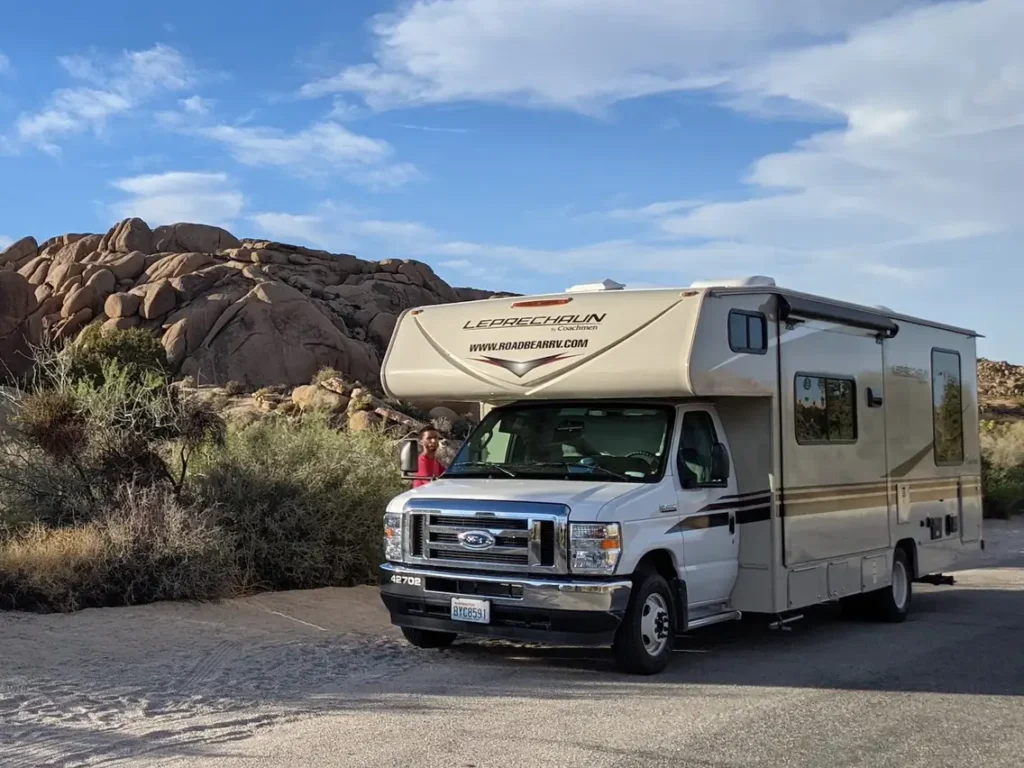Recreational Vehicles (RVs) offer a unique way to explore the open road, providing comfort, convenience, and a sense of adventure for travelers. However, there are times when RV owners need to transport their vehicles over long distances, whether for relocation, maintenance, or storage. In such cases, understanding the ins and outs of RV transportation becomes essential. In this article, we’ll explore the various methods of RV transportation, key considerations for owners, and tips for a smooth journey on the road.
Methods of RV Transportation:
- Professional RV Transport Services:
- Professional RV transport companies specialize in moving RVs safely and securely over long distances.
- These companies use specialized equipment such as flatbed trailers, fifth-wheel trailers, or hydraulic lifts to transport RVs.
- Professional RV transport offers convenience and peace of mind, especially for large or oversized RVs.
- Self-Drive RV Transport:
- Some RV owners choose to transport their vehicles themselves, driving them to their destination.
- Self-drive RV transport offers flexibility and control over the journey, allowing owners to set their own pace and route.
- However, it requires careful planning, including route selection, fuel stops, and overnight accommodations.
Considerations for RV Transportation:
- Size and Type of RV:
- Consider the size and type of your RV when choosing a transportation method.
- Larger RVs may require specialized transport equipment and routes, while smaller RVs may be suitable for self-drive transport.
- Insurance Coverage:
- Ensure that your RV is adequately insured during transportation to protect against damage, loss, or theft.
- Review the insurance coverage provided by the transport company or your own insurance policy and consider purchasing additional coverage if necessary.
- Route Planning:
- Plan your route carefully, considering factors such as road conditions, fuel stops, and overnight accommodations.
- Choose routes that are suitable for the size and weight of your RV, avoiding narrow roads or low-clearance bridges.
- Vehicle Preparation:
- Before transporting your RV, perform a thorough inspection to ensure it is roadworthy and safe for travel.
- Secure loose items inside the RV and disconnect any propane tanks or other hazardous materials.
Conclusion: RV transportation offers a convenient and efficient way to move your home on wheels from one location to another. Whether you choose professional transport services or opt for self-drive transport, careful planning and consideration of key factors will ensure a smooth and stress-free journey for your RV. By selecting the method of transportation that best suits your needs and preferences, you can focus on enjoying the adventure of RV travel while your home travels safely to its destination.

 (208)500-0001
(208)500-0001